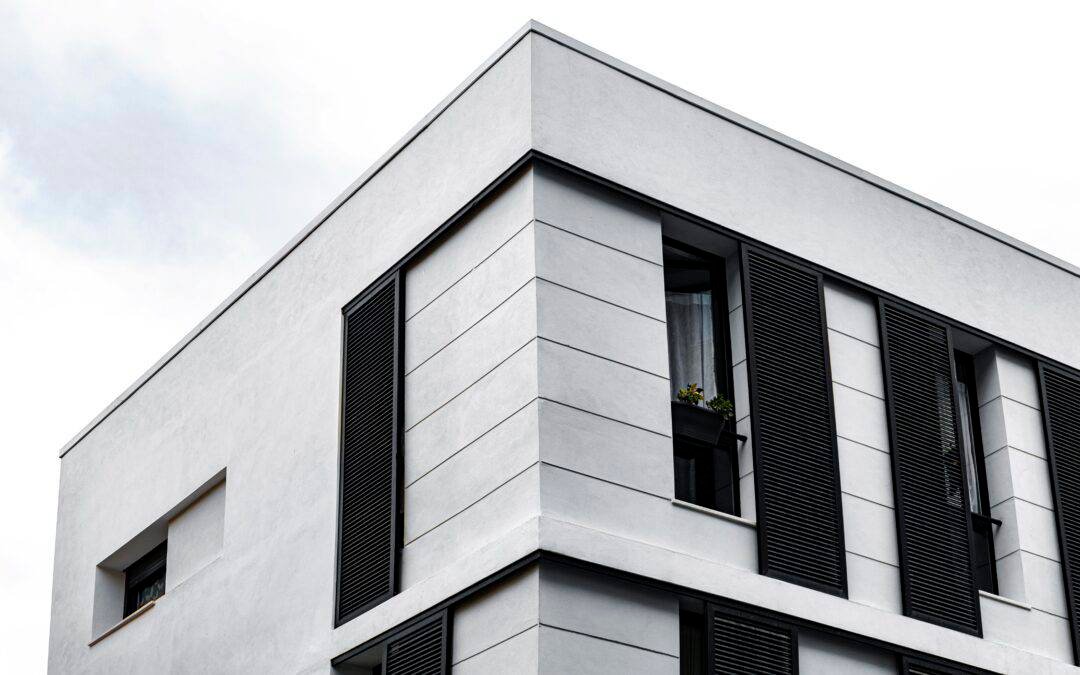Designing your ICF (Insulated Concrete Form) home for maximum energy efficiency is an excellent choice for reducing energy bills and minimizing your environmental impact. ICF construction provides superior insulation and thermal performance, but the design also plays a crucial role in achieving optimal efficiency. Here’s a guide on how to design your ICF home for maximum energy efficiency:
Proper Orientation and Passive Solar Design
The orientation of your ICF home can significantly impact its energy efficiency:
Maximize South-Facing Windows: Orient your home to have the majority of windows on the southern side. This allows for passive solar heating during the winter months.
Minimize East and West-Facing Windows: Reduce the number of windows on the east and west sides to minimize heat gain during summer and heat loss during winter.
Use Overhangs: Install roof overhangs or shading devices to block direct sunlight in the summer while allowing it in during the winter.
Proper orientation and passive solar design can reduce the need for heating and cooling, leading to energy savings.
High-Performance Insulation and Airtightness
ICF construction provides excellent insulation, but proper design is crucial for maximizing its benefits:
Choose Appropriate Thickness: Select the right thickness of ICF walls to meet energy efficiency requirements for your region.
Minimize Thermal Bridging: Address thermal bridging by adding continuous insulation on the exterior or interior of the ICF walls.
Ensure Airtightness: Pay attention to airtight construction details, including sealing joints and connections, to prevent air leakage.
High-performance insulation and airtightness are key factors in maintaining a comfortable indoor environment with minimal energy use.

Efficient HVAC System and Zoning
The heating, ventilation, and air conditioning (HVAC) system is a critical aspect of energy-efficient home design:
Right-Sized HVAC: Install an HVAC system that is appropriately sized for your ICF home, avoiding oversized units that can lead to inefficiency.
Zoning: Implement a zoning system to control heating and cooling in specific areas, allowing for precise temperature control and energy savings.
Energy-Recovery Ventilation: Use an energy-recovery ventilator (ERV) to ensure fresh air while recovering heat from exhaust air.
An efficient HVAC system and proper zoning contribute to energy-efficient temperature control and indoor air quality.
Energy-Efficient Windows and Doors
Windows and doors play a crucial role in the energy efficiency of your ICF home:
Select Low-E Windows: Choose low-emissivity (Low-E) windows with insulated glazing to minimize heat transfer and maximize natural light.
Opt for Energy Star Rated Products: Install Energy Star-rated windows and doors that meet energy efficiency standards.
Use High-Quality Seals: Ensure proper sealing and weatherstripping around windows and doors to prevent drafts and air leakage.
Energy-efficient windows and doors improve insulation and reduce energy consumption.
Renewable Energy Integration
Consider integrating renewable energy sources to further enhance your ICF home’s energy efficiency:
Solar Panels: Install solar panels on your roof to generate clean electricity and reduce reliance on the grid.
Geothermal Heating and Cooling: Explore geothermal heat pump systems for efficient and sustainable temperature control.
Wind Turbines: In regions with sufficient wind resources, wind turbines can supplement your energy needs.
Renewable energy sources can significantly reduce your home’s carbon footprint and long-term energy costs.
Designing your ICF home for maximum energy efficiency involves careful planning and consideration of factors such as orientation, insulation, HVAC systems, windows, doors, and renewable energy integration. By implementing these design principles, you can create an energy-efficient and environmentally friendly ICF home that provides comfort and sustainability for years to come.


